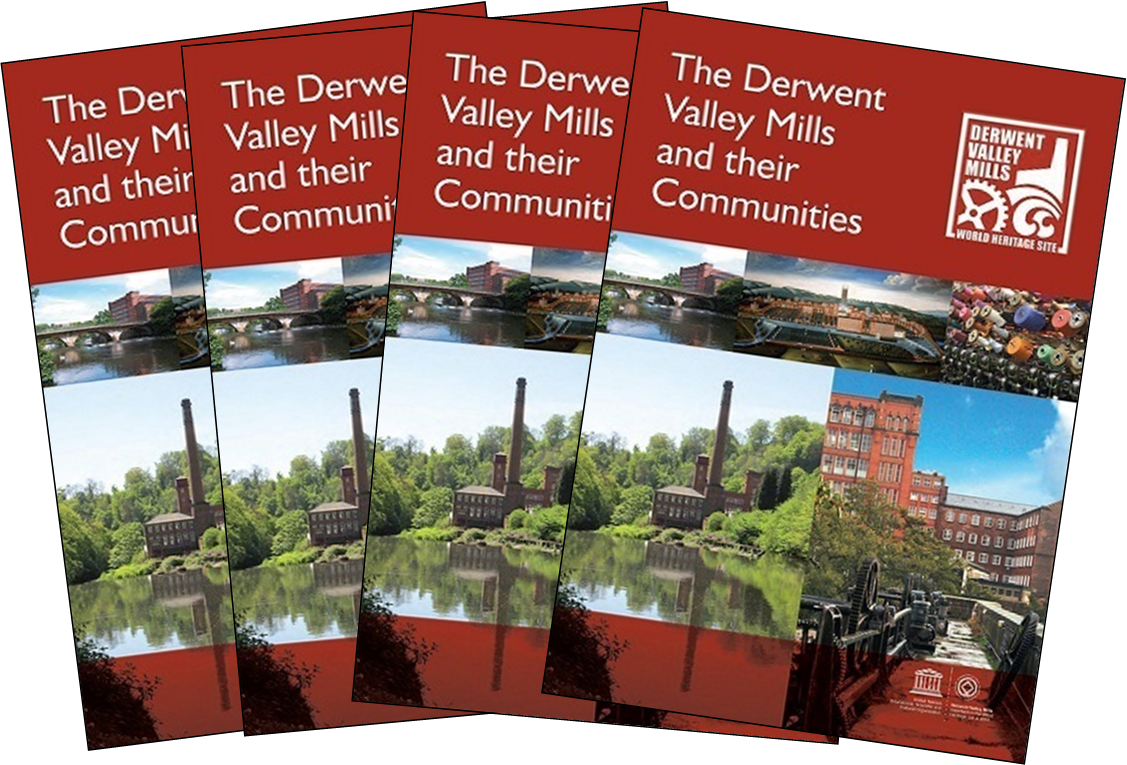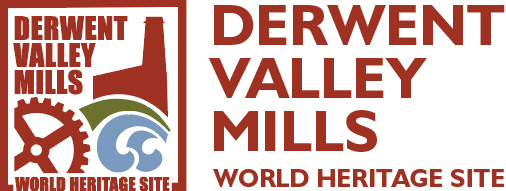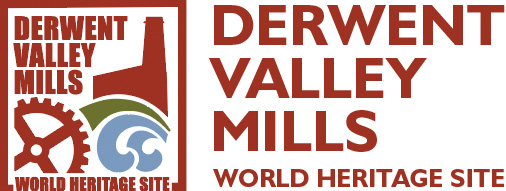History
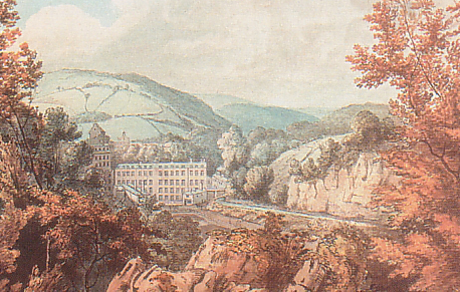
History of the Derwent Valley Mills World Heritage Site
The Derwent Valley Mills are the birthplace of the factory system. It was for this reason that they were added to the UNESCO World Heritage List in 2001. In this section you can read the history of the Site as known at the time of Inscription.
It was in the Derwent Valley that – thanks to pioneering work by Richard Arkwright, Jedidiah Strutt, the Lombe brothers and others – the essential ingredients of factory production were successfully combined. Water Power was applied and successfully used for the first time on a relatively large scale. Not only was silk throwing and cotton spinning revolutionised with dramatic consequences for the British economy, the Arkwright model system also informed and inspired developments in other countries and industries.
The fact that the further development of urban-based cotton mill technology happened in Lancashire rather than Derbyshire meant the early mills in the Derwent Valley were not redeveloped, so the visitor can enjoy visiting remarkable early industrial buildings and their communities in an unspoilt landscape setting.
Each mill has its own story to tell. Theirs is the story of pioneering engineers and entrepreneurs whose ingenuity made Britain a world leader.
The first stages of the factory system were set in motion when the Lombe brothers set up a silk mill in Derby in the early 1720s, based on examples seen in Italy.
Built between 1771 and 1791 Arkwright’s Mills at Cromford were the world’s first successful water powered cotton spinning mills – a true blueprint for factory production.
Arkwright’s 1783 showpiece Masson Mills at Matlock Bath are the finest surviving and best preserved example of an Arkwright cotton spinning mill.
Jedidiah Strutt’s first mill at Belper opened in 1776. His son William’s pioneering North Mill of 1804 was one of the earliest iron-framed buildings in the world.
The mill settlements are well preserved. They are unique as a survival of early industrial communities.
History & Development
Not only was textile production revolutionised with dramatic consequences for the British economy, the Arkwright model also informed and inspired developments in other industries. It was here in the Derwent Valley that the essential ingredients of factory production were successfully combined. A source of power, in this case water power, was applied to a series of complex mechanised processes for the first time on a relatively large scale.
Find out More
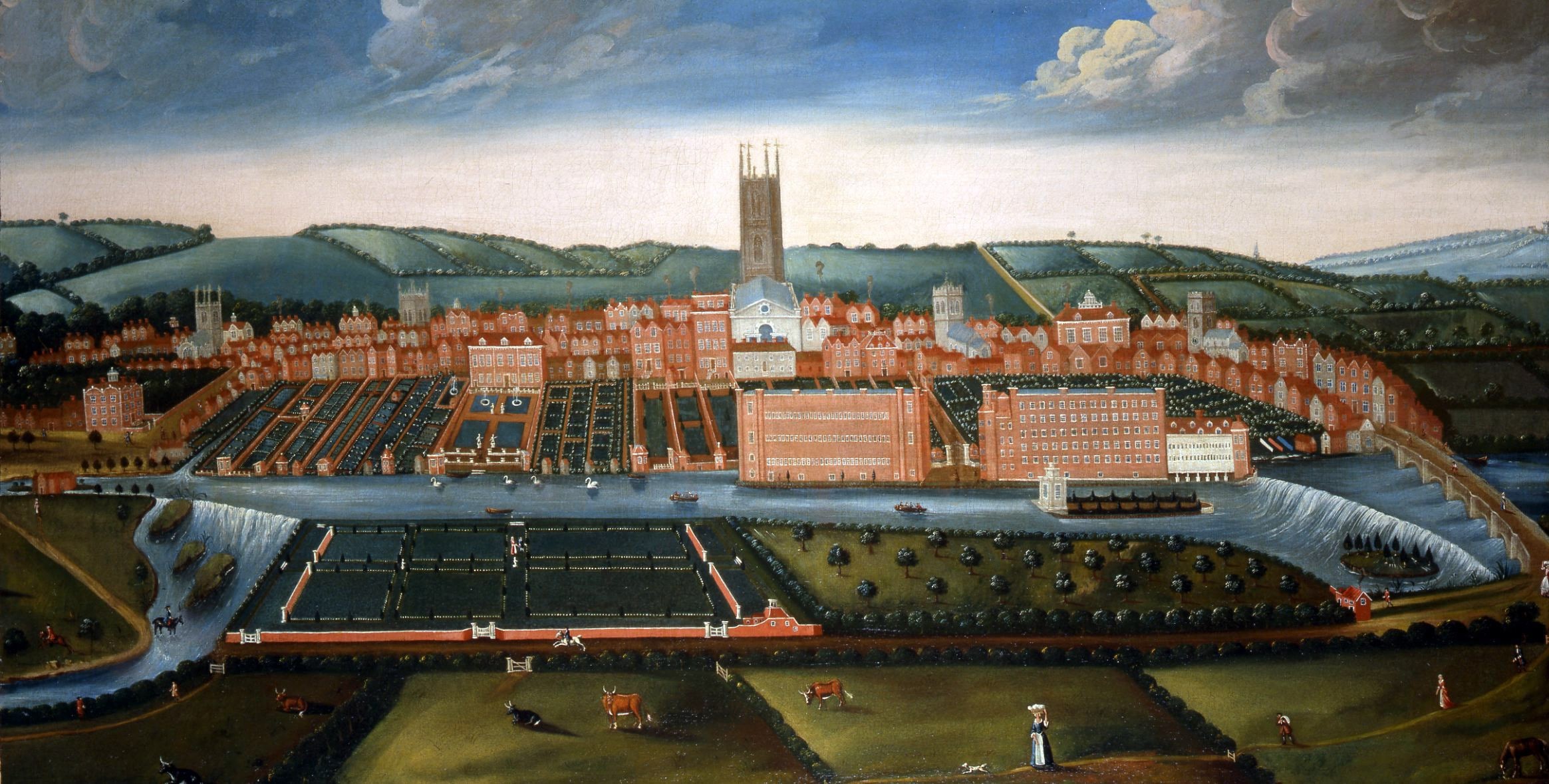
Key Sites
Belper; Cromford Mill, Darley Abbey Mills, Masson Mill; Milford; Peckwash Mill; Smedley’s Mill; Cromford Canal; Silk Mill
Find out More
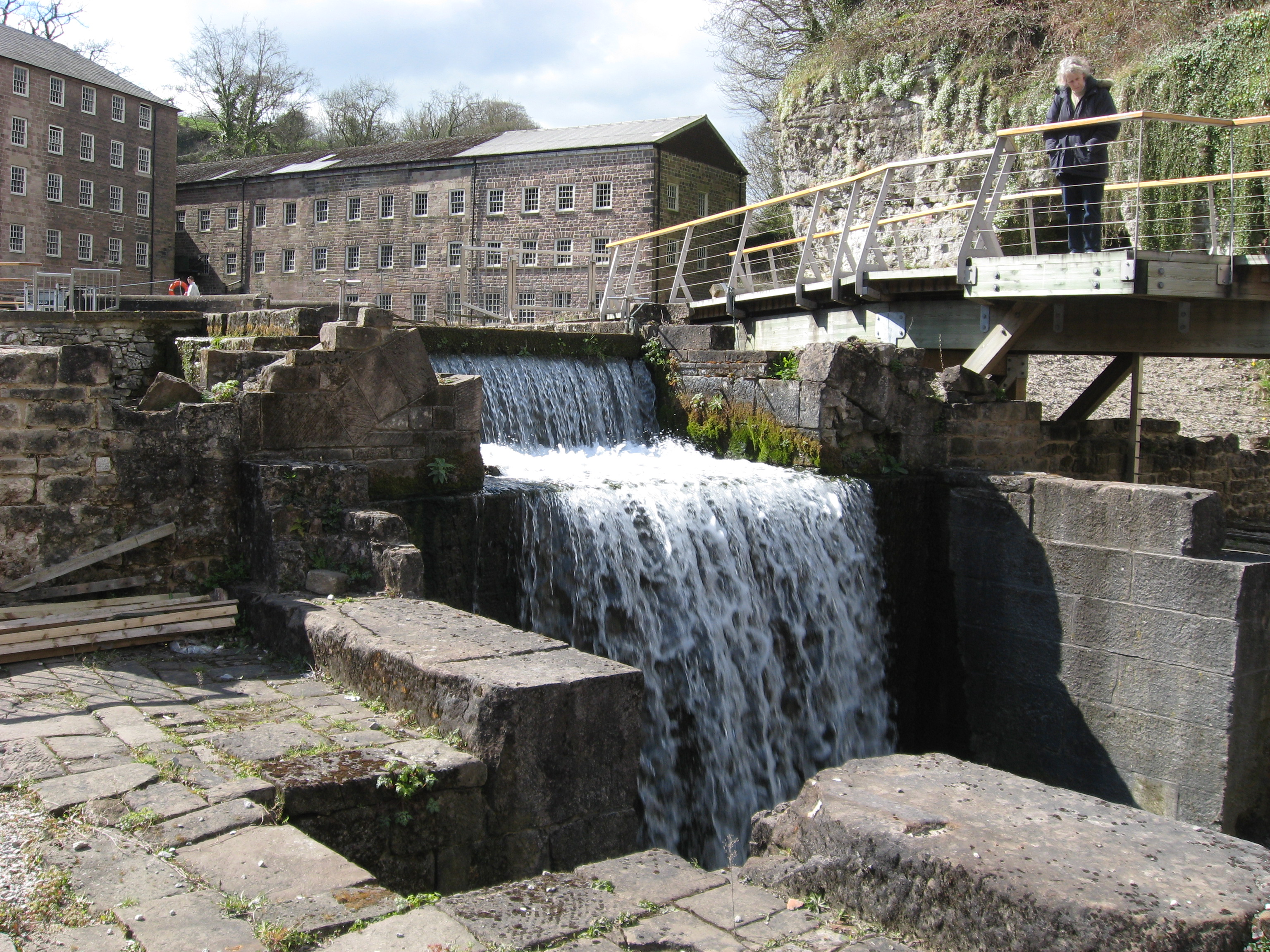
Communities
The Derwent Valley World Heritage Site nomination contains within its 24 kilometres (north to south) four industrial settlements. It extends from the edge of Matlock Bath and Cromford in the north and almost to the centre of the city of Derby in the south. The industrial settlements which are included are Cromford, Belper, Milford and Darley Abbey.
Find out More
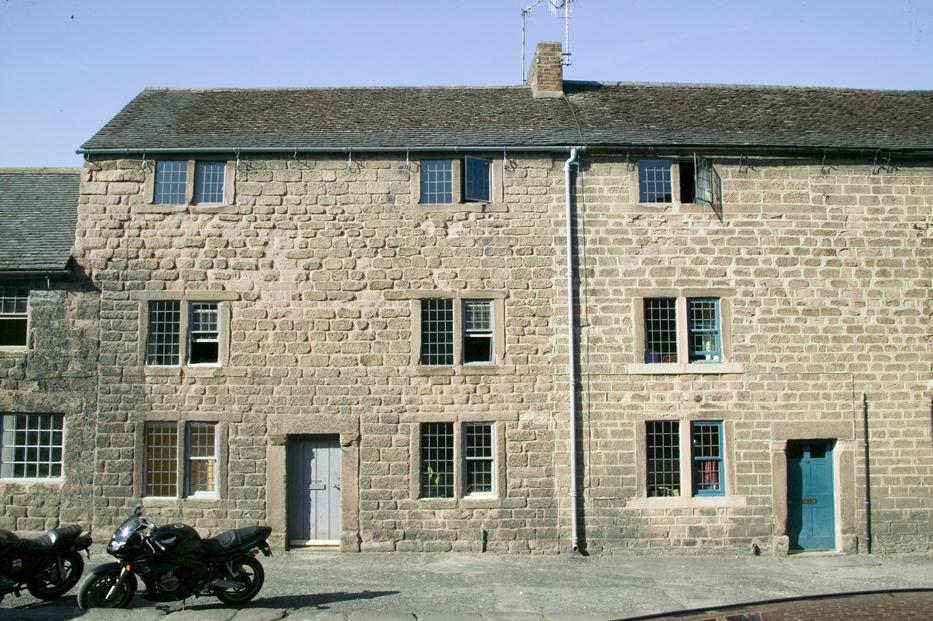
Key Figures
Charles Woolley Bage; The Strutts; Peter Nightingale; The Arkwrights; The Evans; The Lombes
Find out More
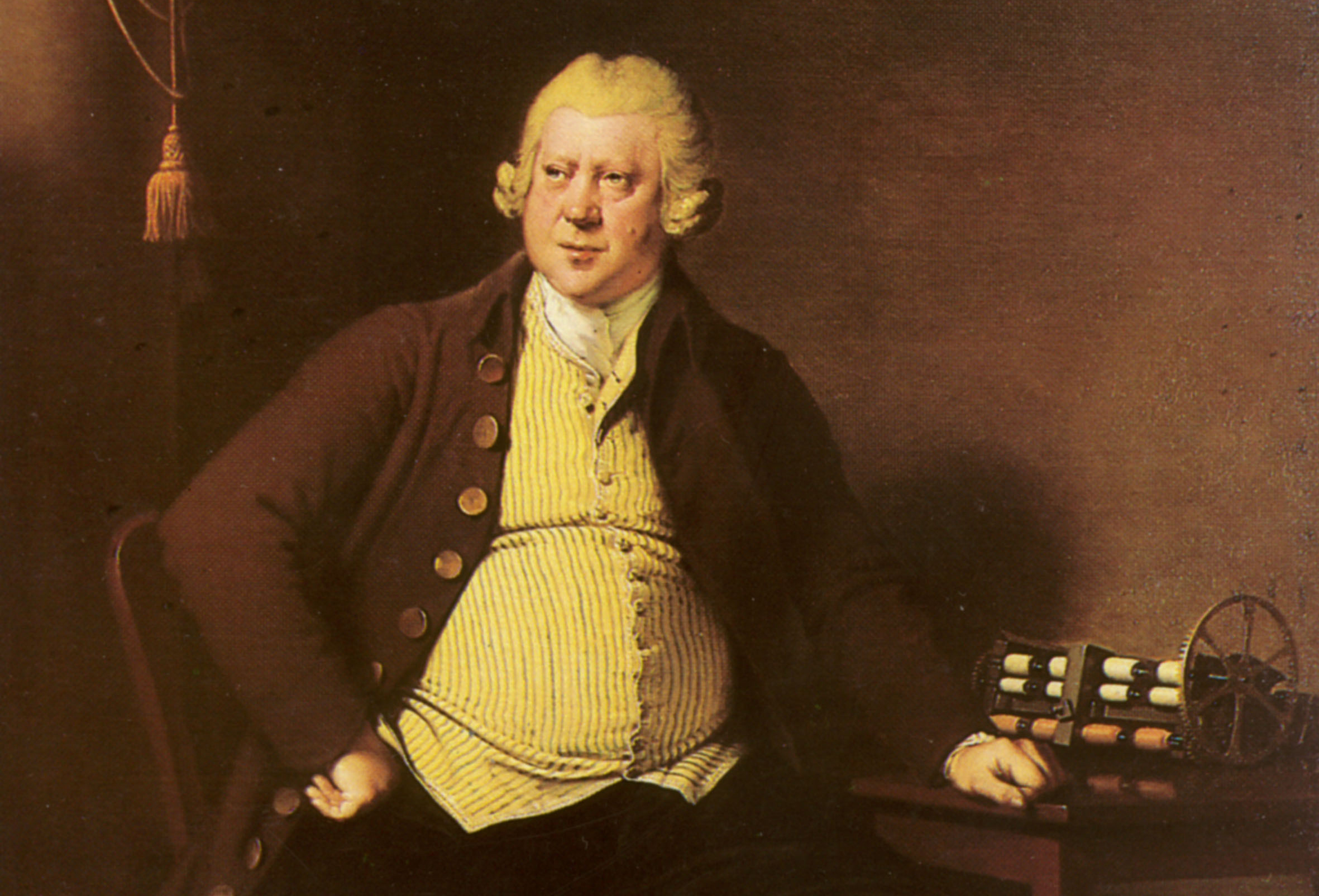
Bibliography
The select bibliography which follows has been confined in its scope to manuscript sources and printed material which illuminate the history and conservation of the nominated site. It does not include the wider ranging literature or works of fiction.
Find out More
